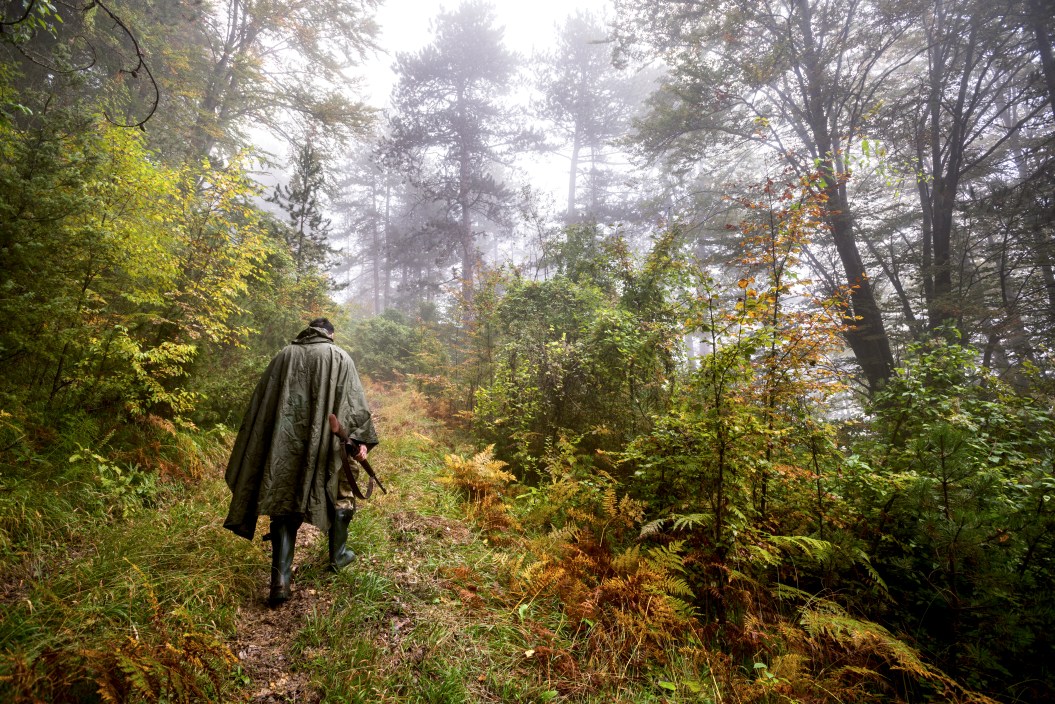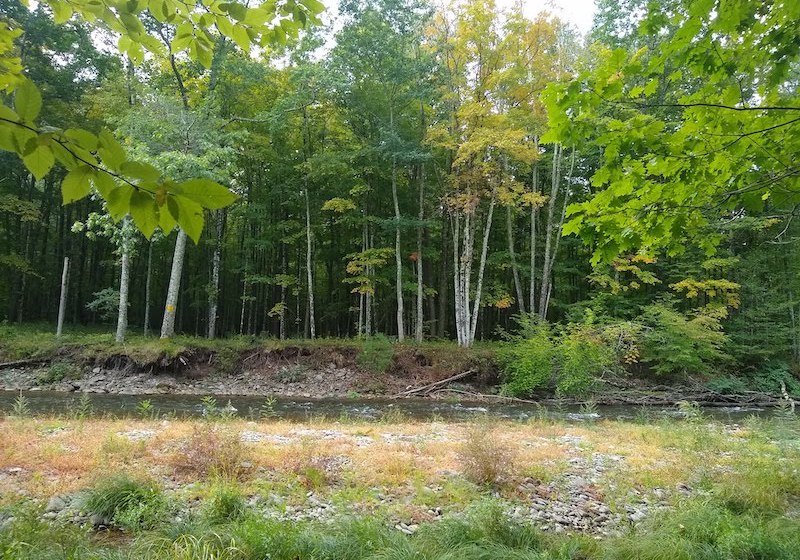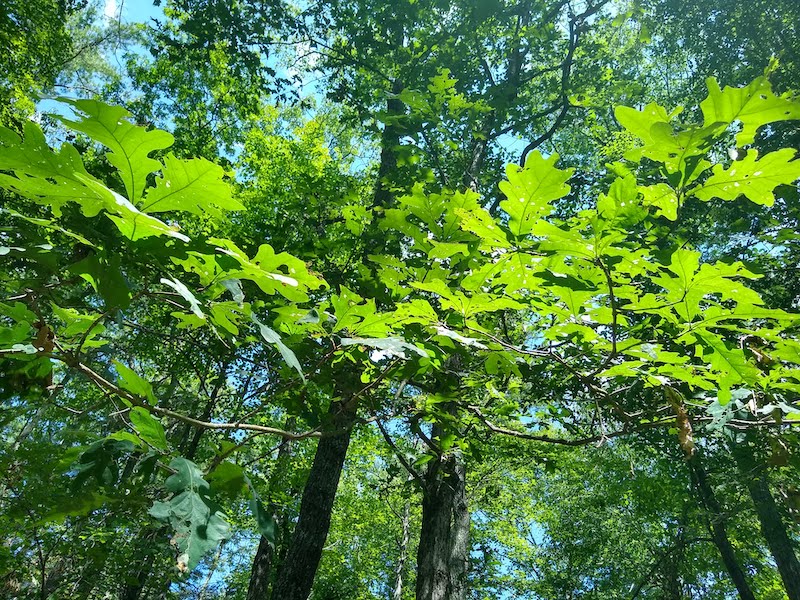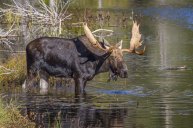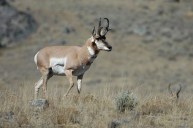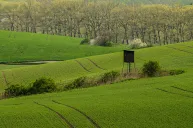As hunters, we find ourselves headed to the forest every free moment, intent on indulging in our favorite sport. But how much do we know about the trees in our woods and how they affect our hunting success? It seems as though we may take these stoic soldiers of the forest for granted when it comes to how they both attract and sustain wildlife.
The fact is, some of our favorite wild game is drawn to certain areas based on the vegetation that grows there. Trees offer animals cover and food, and may even give them landmarks that they use to find their way.
The following six types of trees have significant importance to North American hunters and the game we seek. Here's what you should know.
1. Aspen Tree
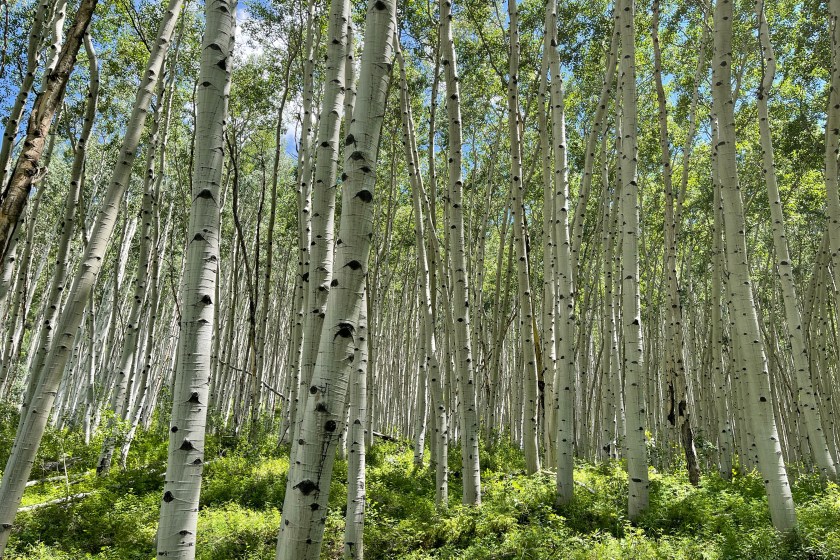
Getty Images, Thomas Heine
Aspen stands provide habitat for many wildlife species—the American woodcock, deer, black bear, elk, moose, and snowshoe hare, for starters—but to the ruffed grouse, aspens are vital. The special relationship that grouse have to these trees is well documented and one of the reasons why aspen forest management is so crucial to grouse survival.
While younger aspen stands provide cover for nesting hens and their chicks in the spring and summer, old-growth aspens provide adult grouse with the catkin flower clusters they need as a food source for winter survival. Territorial male grouse also find felled logs in these areas to serve as their drumming perch for years to come.
2. Birch Tree
Some of the common names of birch trees include white birch, silver birch, paper birch, and canoe birch, but we always know one when we see its bark. Snowshoe hares, beaver, and cottontail rabbits all feed on birch trees, while whitetail deer and moose browse on these trees and find good cover within them.
Moose also browse on aspen, poplars, and other deciduous trees, occasionally eating cottonwood, but these are winter preferences. Deer also browse on the twigs, stems, and the catkins of birch trees, in fact showing that they not only like it, but exhibit a clear preference for birch.
3. Apple Tree
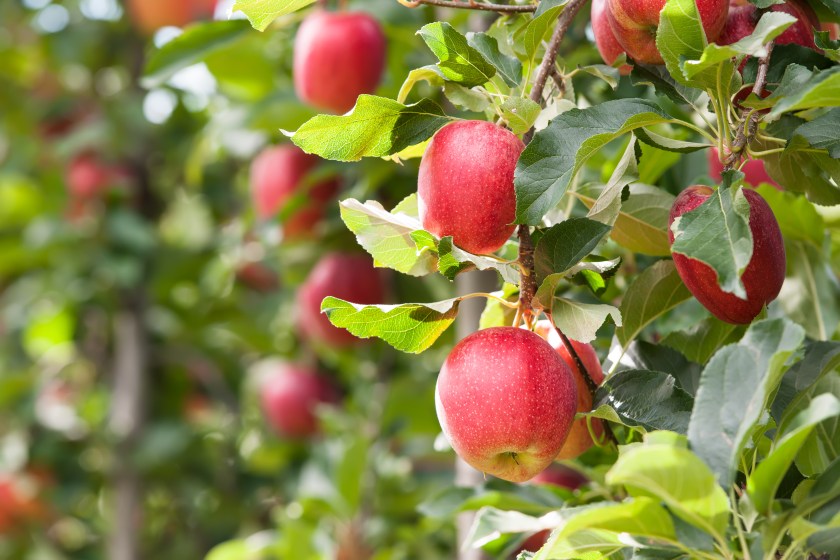
Getty Images, artiste9999
This fruit tree grows well in many areas of the continent, and not only in orchards raised for food. Apple trees—especially wild apple trees—become a home and food source for everything from wild turkeys and squirrels to black bears and deer.
Additionally, both wild apple and farmed apple trees attract grouse and crows, for those looking for some good wingshooting. Even wild pheasants seek out this fruit and browse anything left on the ground. While persimmon and pear are also animal attractants, it is the apple that is the standard for most wildlife.
4. Maple Tree
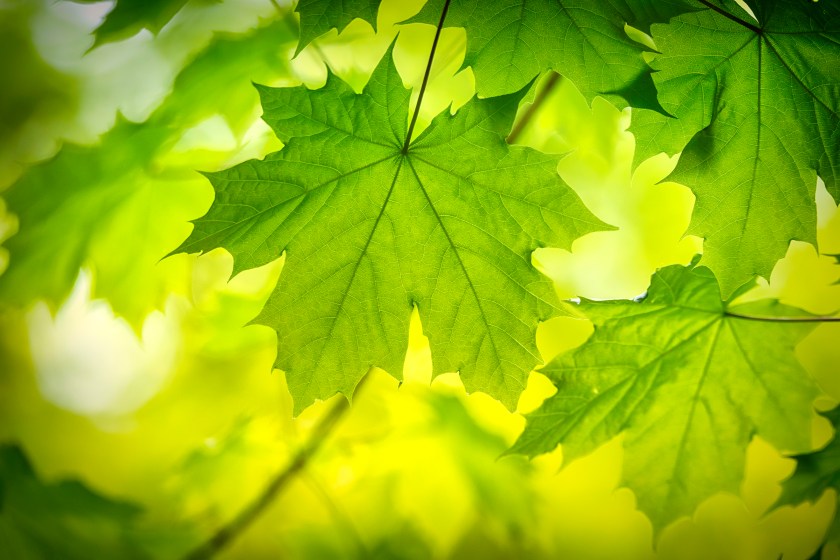
Getty Images, Martin Wohlberg
Maple trees are one of the best trees to attract deer, who feast on the leaves, twigs, and buds, which makes this tree a must for those who practice hinge cutting on their hunting property. Sure, they may also come into your yard and decimate this tree, especially bucks that are actively making territorial rub lines, but there are other ways around that.
Deer love to eat the buds off of any maple winter or spring, so it is a good idea to protect trees that you aren't fond of letting the deer have, but with the way that they grow and flourish in an area—literally taking over at times—this tree is a great choice for letting grow a few seasons, and then hinge cutting to let the leaves and buds get right into the deer's wheelhouse.
5. Oak Tree
With all due respect and reverence for beech, chestnut, and hickory trees, they just don't add the draw to a woodlot like the oaks do. White oaks have long been held in a high esteem when it comes to being a wildlife food source, not to mention being prized for its timber .
This is all due to their acorns, beloved to both wildlife and people alike, especially whitetail deer. While both red and white oaks produce acorns, it is the white oak acorns, which contain less of the bitter tannins, that are valued above all else as a food source to wild game animals such as turkeys, red and gray squirrels, bears, and deer.
6. Pine Tree
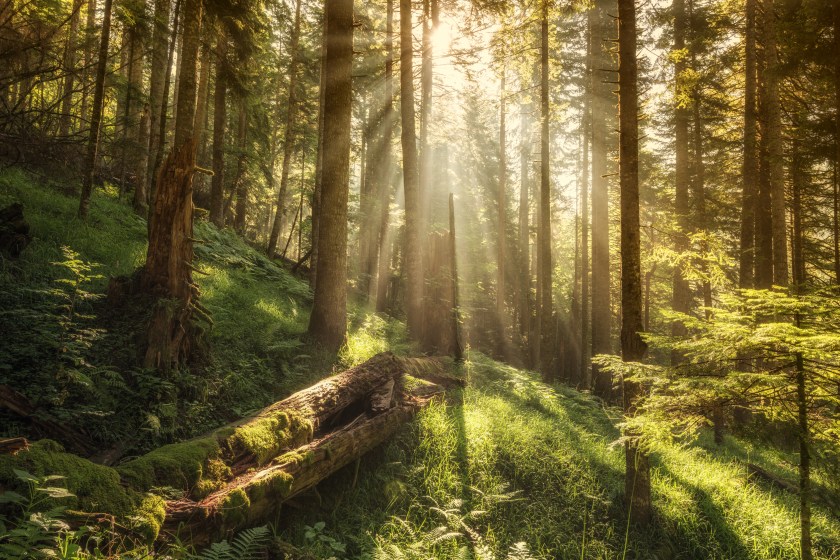
Getty Images, DuxX
While this heading has many varieties, it is enough to know that evergreen trees provide a vast amount of cover to all sorts of wildlife. Many animals seek out the pines for simple shelter to weather the storm of rain, snow, ice, and wind just for safety's sake.
Animals like deer are known to hunker down in the pines to avoid predators and hunters alike, using their strategic position to see, hear, and smell danger coming long before it gets there. Pines generally can give an animal easy escape routes to leave in multiple directions when need be, sometimes leaving the hunter with no knowledge that they were even there.
Please check out my book "The Hunter's Way" from HarperCollins. Be sure to follow my webpage, or on Facebook and YouTube.
READ MORE: KNOW YOUR OAK TREES, KNOW YOUR DEER
